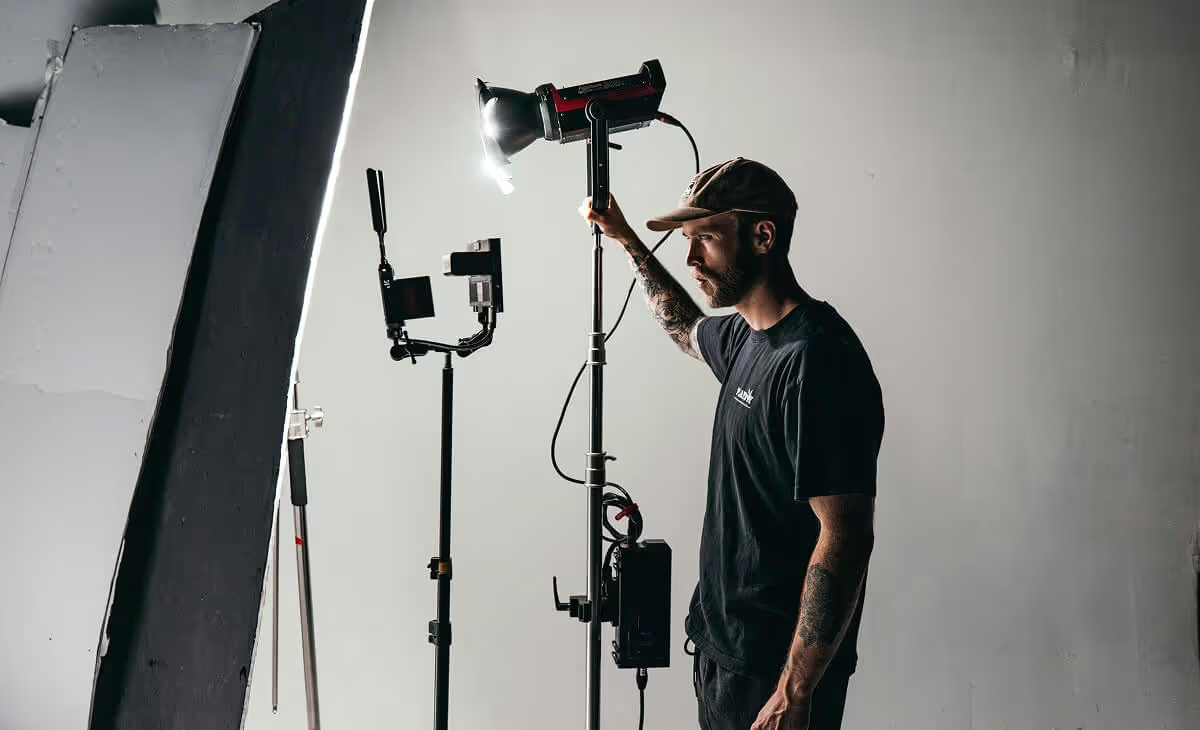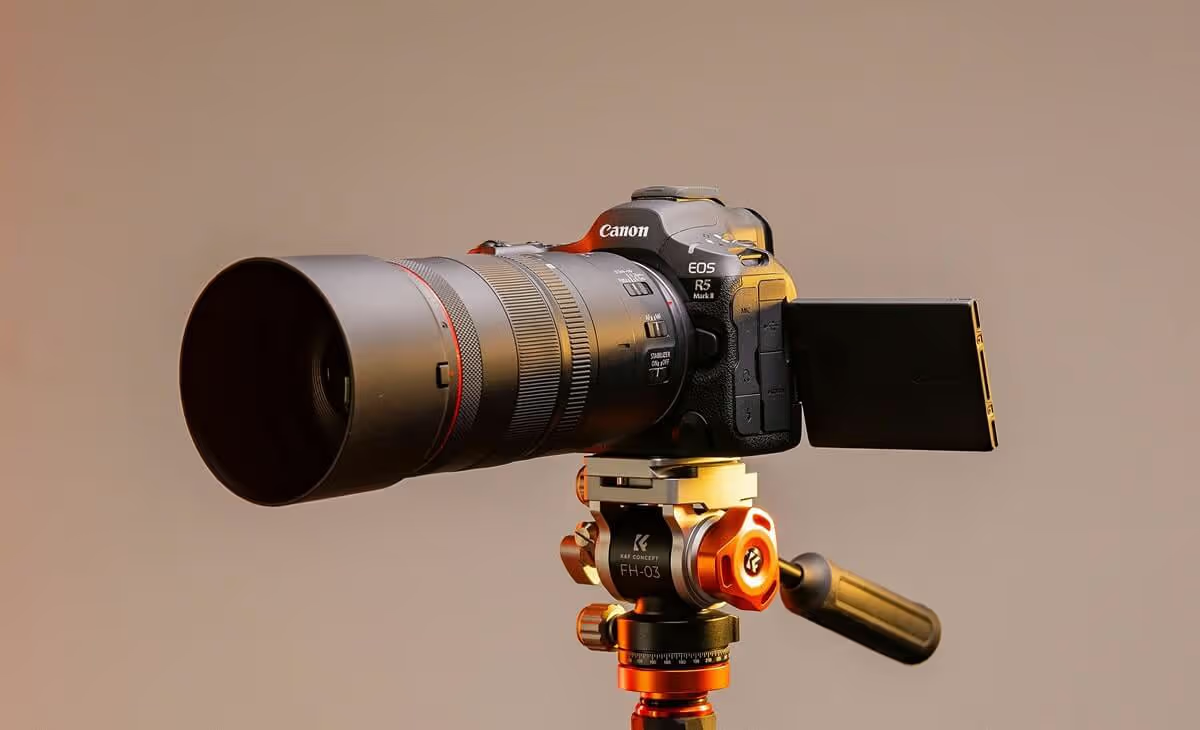In today’s visual-first world, brand photography isn’t just a nice-to-have, it’s a must-have. Whether you’re a small startup or a thriving enterprise, how you represent your business visually can make or break your connection with your audience. Let’s face it, people buy with their eyes. A well-executed brand photo can establish trust, communicate your values + showcase your personality — all in a single image. So, let’s dive into the world of brand photography and explore why it matters and how you can get it right.
What is Brand Photography?
At its core, brand photography is about telling your story through photos. But it’s more than just hiring a photographer and snapping a few pretty photos. It’s about creating a visual identity for your brand that aligns with your values, goals + the message you want to communicate. From your website to your social media platforms, every photo should help reinforce who you are as a business and speak to your target audience.
Whether you’re showcasing products, services, or team members, the goal of brand photography is to craft a cohesive and professional visual narrative that resonates with your audience. Think of it as the face of your brand — literally. Your audience will form opinions and build connections based on these images, which is why every shot counts.
Why Brand Photography Matters
You might wonder, "Why can’t I just use stock photos or take a few quick shots on my phone?" It’s a fair question. But here’s the deal: Stock photos can be generic + mobile phone photos often lack that polished, professional touch. Brand photography is designed specifically for you, your business, and your audience. Here are a few reasons why it’s so important:
1. First Impressions Matter
In the digital age, your first impression is often made online, and your images are the first thing visitors see. Think of your website, social media accounts + marketing materials as your virtual storefront. High-quality, custom brand photos make you look polished and professional, which fosters trust with your potential customers. On the flip side, poor-quality images might make you seem unprofessional or untrustworthy.
2. It Builds Consistency
Consistency is key to building a memorable brand. When you use custom brand photography, you’re ensuring that all your visual assets — your website, social media, ads + even emails speak the same visual language. This uniformity helps create a cohesive look and feel, so your audience knows exactly what to expect from you, no matter where they encounter your brand.
3. It Humanizes Your Brand
Photos of your team, workspace, or real-life interactions with customers create a human connection. It allows your audience to feel like they know the people behind the brand, making your business feel more approachable + authentic. In a world where consumers crave genuine connections, showing the human side of your brand can make a huge difference.
4. It Reflects Your Brand Values
Brand photography gives you the freedom to communicate more than just what you sell — it lets you communicate who you are. Through styling, lighting + composition, your photos can showcase your brand's personality, values, and culture. Whether you’re aiming for a minimalist, modern aesthetic or a cozy, rustic vibe, the right brand photos can instantly convey your brand's essence.

How to Plan Brand Photography for Your Business
Ready to dive into the logistics of brand photography? Great! But before you go booking a photographer, let’s walk through the steps of creating a plan that’ll ensure you’re getting the most out of your shoot.
1. Define Your Brand Identity
Before you even think about picking up a camera, you need to understand what your brand stands for. Think of your brand as a person — what does it look like? What are its values? How does it speak?
Understanding these aspects of your brand will guide your photography choices. If your brand is luxurious + sophisticated, you’ll want sleek, high-end photos. If your brand is fun + playful, you might opt for bright, vibrant images. Take some time to write down the key characteristics that define your brand and use those as a reference throughout the photo shoot.
2. Know Your Audience
Knowing your target audience is just as important as understanding your brand identity. Your photos should speak directly to your ideal customer. If you’re targeting young professionals, for example, you’ll want images that reflect their lifestyle + aspirations. If your target audience is families, your photography should evoke warmth + inclusivity. Having a clear picture of who you’re speaking to ensures that the visual elements of your brand photography connect with the right people.
3. Decide on the Type of Photos You Need
Brand photography can cover a variety of photo types depending on your needs. Here are some common categories to consider:
- Product Photography: High-quality images of your products that show them in the best light. Think close-ups, lifestyle shots + different angles.
- Team/Founder Photos: Professional portraits of your team or founders to humanize your brand. These images can be used for the About Us section on your website or on social media.
- Behind-the-Scenes Shots: Candid shots that show your work environment, processes, and people at work. These images help tell the story of your brand + create an emotional connection with your audience.
- Lifestyle Photography: Images that showcase your products in real-life settings, helping customers envision themselves using your products or services.
- Social Media Images: Fun, eye-catching shots that can be used across your social media profiles to keep your audience engaged.
Make a list of the types of photos you need, and plan accordingly. You don’t want to miss an opportunity to capture essential content for your brand.
4. Choose the Right Photographer
A good photographer is an essential part of the equation. Look for a photographer whose style aligns with your brand’s visual identity. You can either hire a professional brand photographer who specializes in this type of work or find a general photographer with experience in the specific type of photos you need.
When choosing a photographer, check their portfolio + ask for references. Don’t be afraid to ask about their experience in capturing specific types of images. And remember — communication is key. The more clearly you communicate your brand’s needs, the more likely you’ll get the results you want.
5. Plan the Shoot
Once you’ve selected a photographer, it’s time to plan the shoot itself. Here are some things to keep in mind:
- Location: Will the shoot take place in your office, at a special location, or on-site at your business? If you’re shooting products, do you need a studio or can you shoot on location? Make sure to scout out potential locations beforehand.
- Props + Styling: Think about any props or materials that will enhance your images. Whether it’s styling your products with complementary items or ensuring that your team members are dressed appropriately, planning these details ahead will save time and help ensure consistency.
- Lighting: Lighting is everything in photography. Whether you’re shooting indoors or outdoors, ensure you have the right lighting to highlight your subject. Natural light can create a warm + inviting atmosphere, but artificial lighting may be necessary for controlled studio shots.
- Mood + Tone: Discuss the mood and tone you want to convey. Should the photos feel playful and upbeat, or formal and professional? The mood of the photos will influence how your audience perceives your brand.
6. Create a Shot List
A shot list is your roadmap for the shoot. It ensures you get all the necessary images without forgetting any critical shots. A good shot list should include detailed descriptions of the photos you want, the type of composition you envision + any other notes that might help the photographer understand your vision. Don’t forget to include both posed shots and more natural, candid images to add variety to your collection.
7. Review + Edit Your Photos
Once the shoot is over, it’s time to review your images. You may want to select a few key photos and request additional editing to enhance their quality. A good photographer will offer editing services to ensure the images are polished and ready to use. Keep in mind that editing should reflect your brand’s aesthetic — overly stylized images might not align with your brand’s identity.
Using Your Brand Photography
Once your brand photos are ready, it’s time to put them to work. Here are a few ways you can integrate them into your business:
- Website: Showcase your photos on your homepage, about page, product pages + blog posts.
- Social Media: Use your photos to engage your audience on platforms like Instagram, Facebook + Pinterest.
- Marketing Collateral: Incorporate your brand photos into your brochures, presentations, email marketing campaigns + ads.
- Press Kits: A professional press kit with high-quality images is essential for media outreach and partnerships.

Final Thoughts
Brand photography is more than just taking pretty pictures; it’s about crafting a visual identity that communicates your brand’s story, values + personality. By planning your shoot thoughtfully, working with the right photographer, and using your images strategically, you can create a lasting impression with your audience and set your business up for success.
So, next time you’re considering stock photos or cell phone snapshots, remember that your brand deserves something custom-made — something that speaks directly to your audience.
In short: invest in great photography, and your business will shine brighter than ever before. To find the perfect agency to support your efforts, book a call with a Marketing Strategist.









